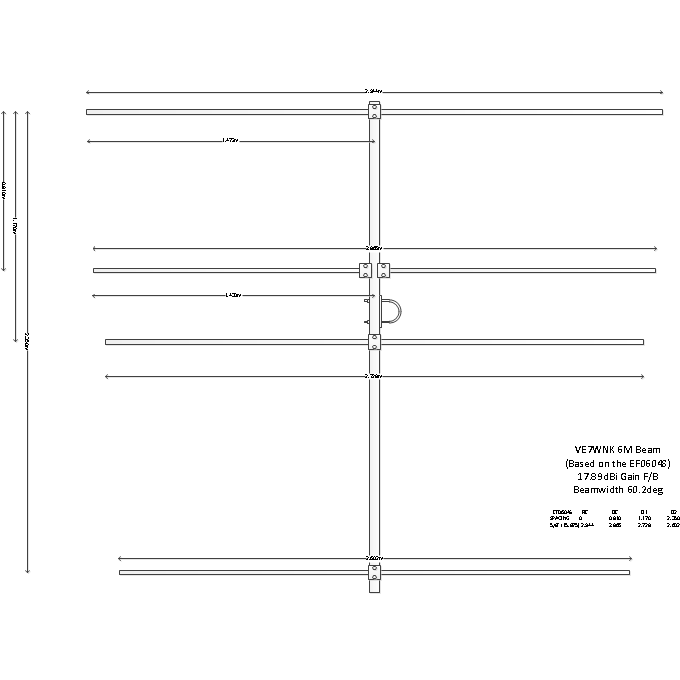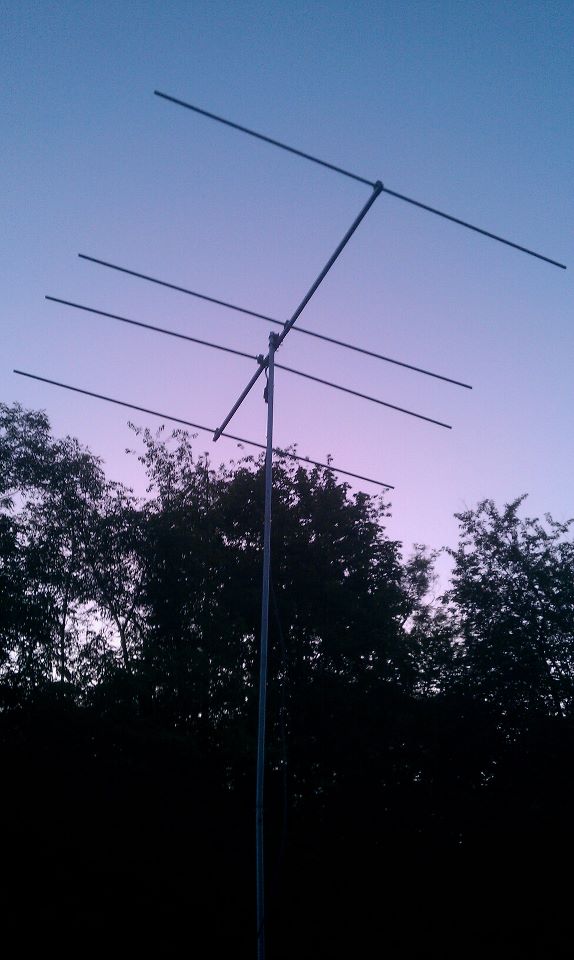It was a good year for 10 meters and 80 meters. From the BCIT ARC I made 514 contacts in a rather small amount of time.
Friday evening I headed to the station around 7/7:30 after finishing dinner and driving down there. On my way I listened via my phone to a local station (VE7GL, Dale) as he worked probably EVERY JA on the band. Once I got there, the first thing I did was spin up 10 meters and found wall to wall stations. By the time I had the N1MM software loaded the band had gone soggy as the grey line had long since passed.
I dropped down to 15 and made about 30 Q’s by hunting for mults and calling CQ a time or two. My CQ’ing was cut short by RF blowing up the computer and getting into everything. Well deserved tho, we are using a laptop as our main station. The RF issues continued as I jumped onto 20, then 40, and eventually 80. By 3AM I figured I should head out, and I made my way home.
The next morning I had plans with some co-workers to take our XYL’s to a pumpkin patch, but all I could think about was picking off rare DX on 10. By 14/1500 local I was back on air and went directly to 10. For the next 4 hours I hopped between 10, 15, and 20, mostly looking for mults. I took some time to call CQ, but found I did better when busting up pile ups. I did have a pretty good run on 28.501 (Giving plenty of room to the DXpedition on 28.490).
Don, VA7LNX came to the rescue, and brought in some toroids to deal with the RF leaking into the USB! Problem solved!
The station stayed empty Sunday as I didn’t get out of my warm bed until after 11 – I was burned out.
Here is my final score after just a few hours invested – maybe 10?
A few files to share: Log and ADI
If you look up VE7BFC on ustream.tv you will find some video from the weekend.
Thanks for checking it out.


